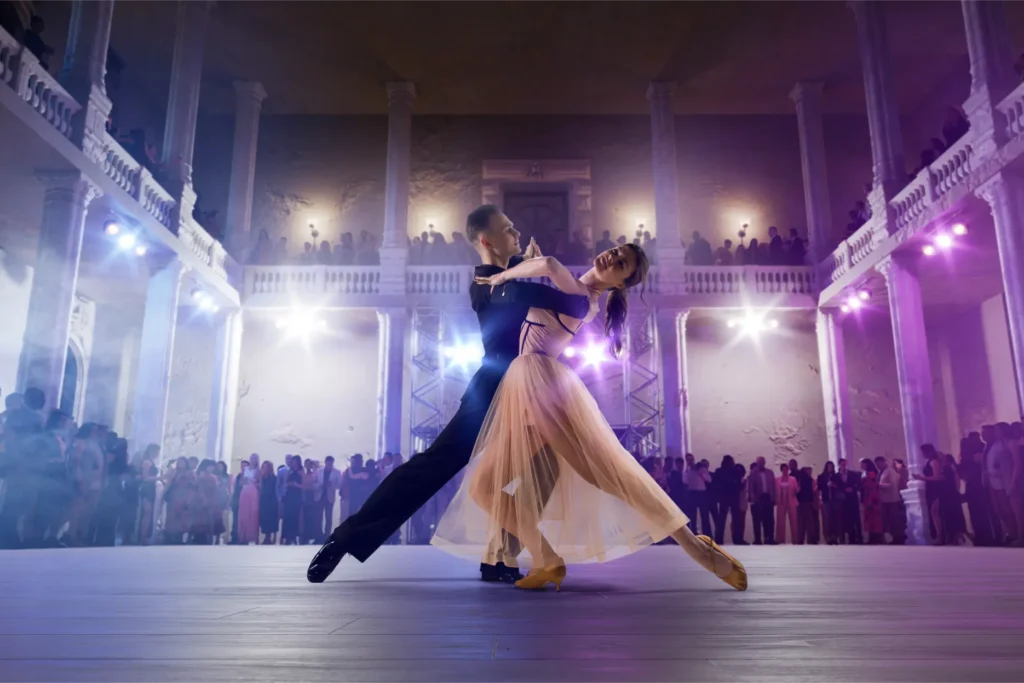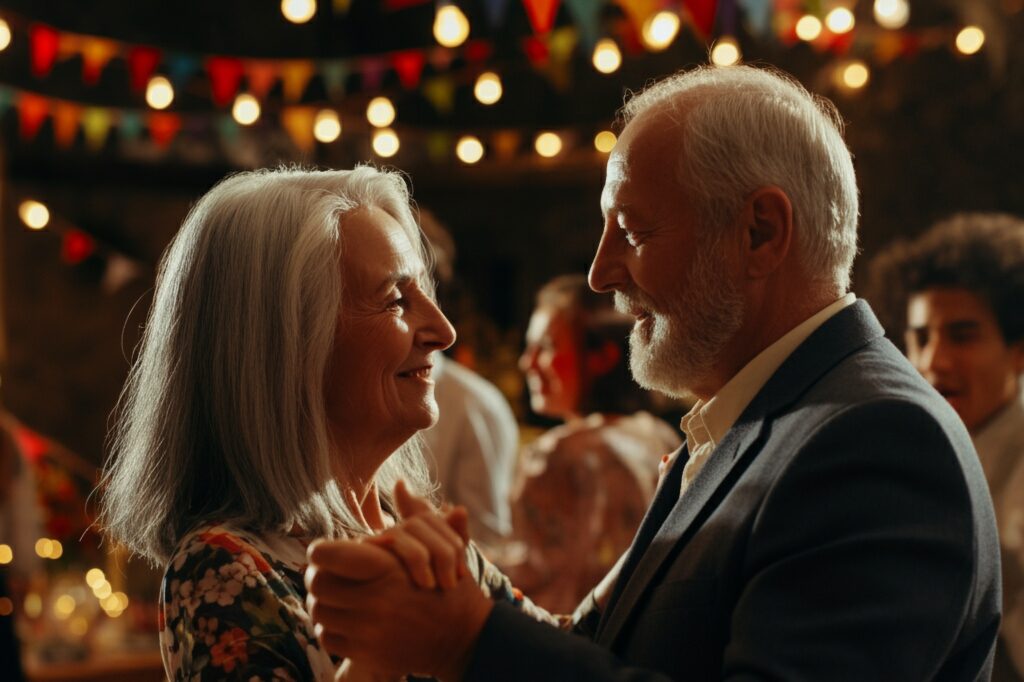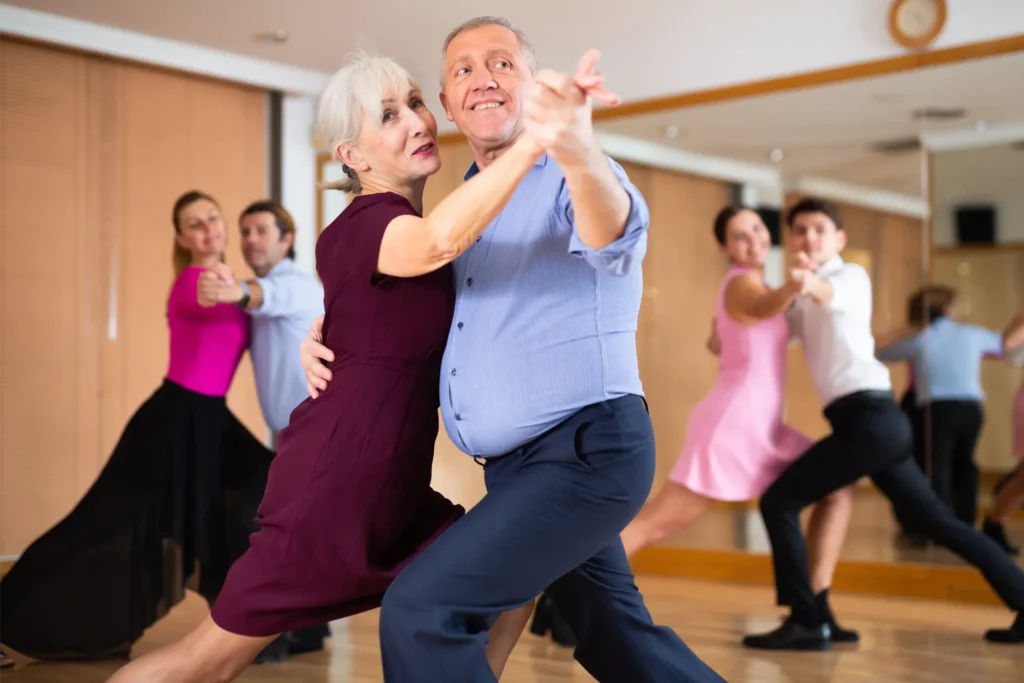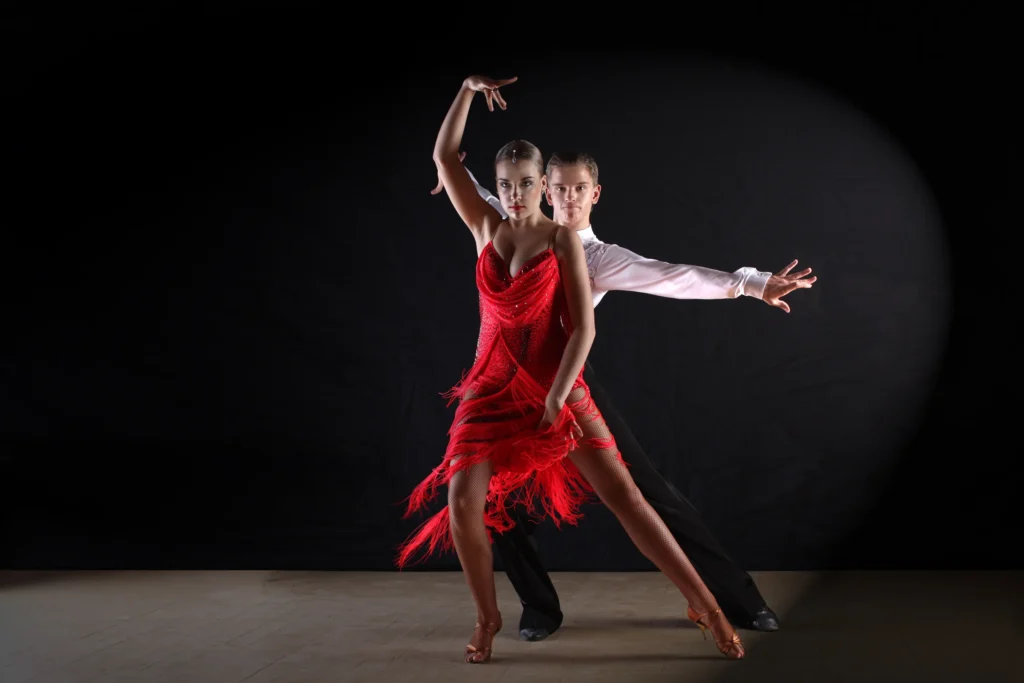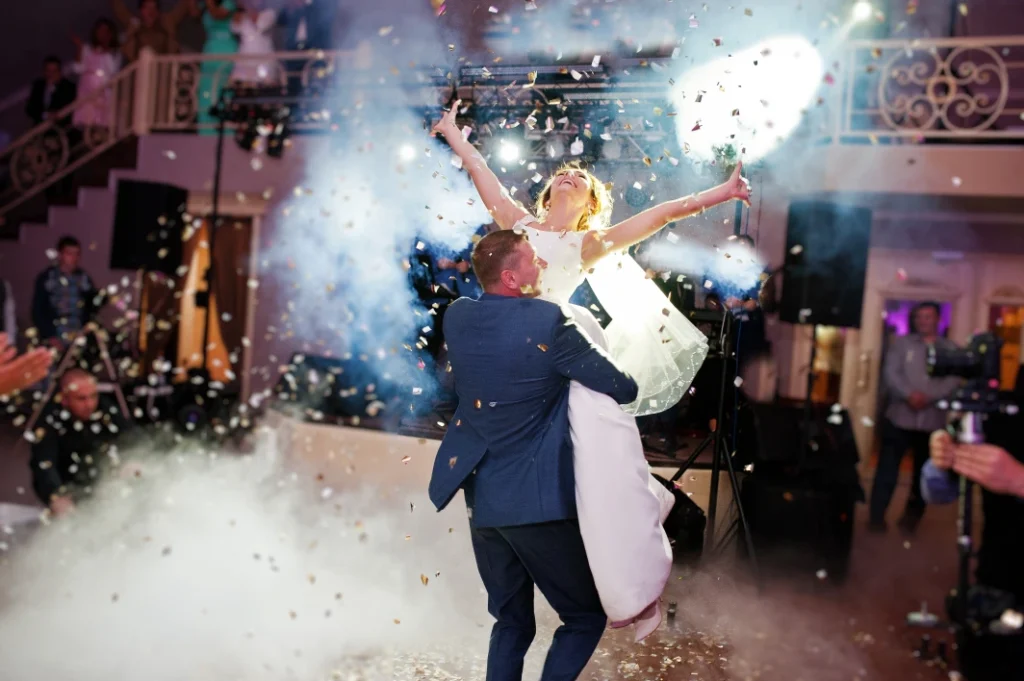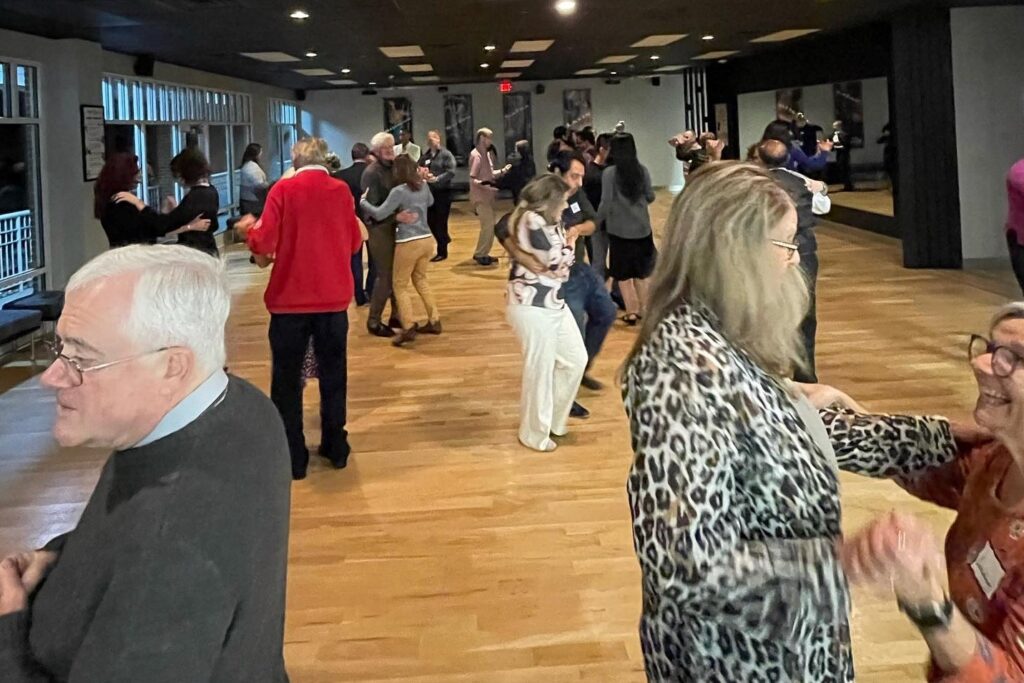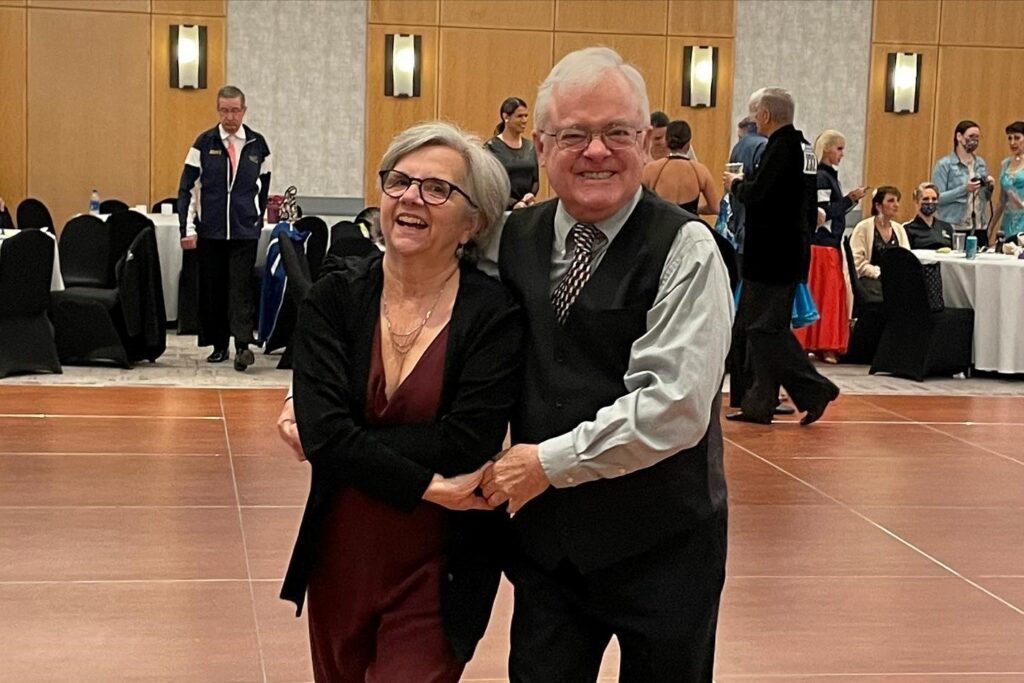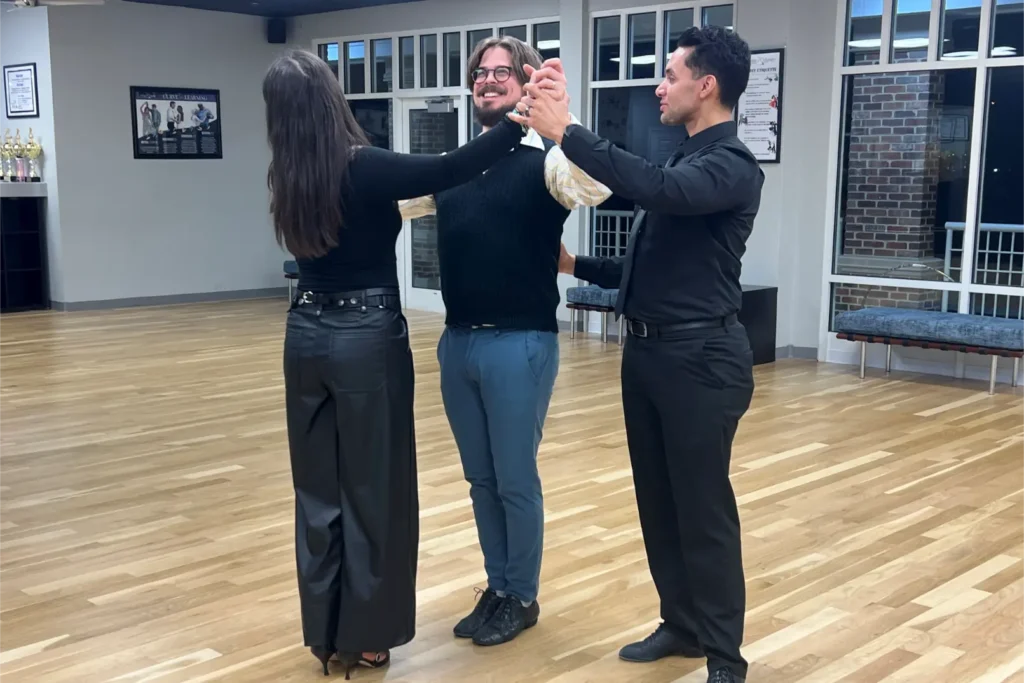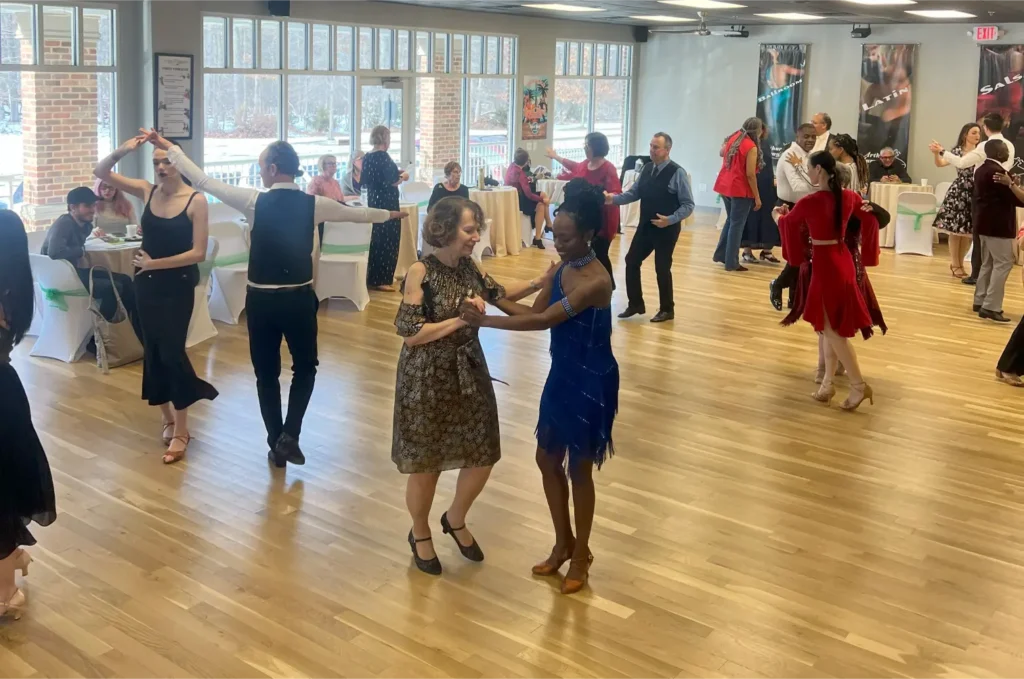Have you ever been captivated by a melody in three-quarter time, a rhythm that seems to invite graceful turns and flowing movements? That’s the magic of waltz music. More than just a genre, it’s a cultural phenomenon with a rich history and enduring appeal, inviting us into a world of elegant waltz dancing and captivating sounds. Let’s explore the fascinating journey of this iconic musical form.
The Origins and Evolution of Waltz Music
To understand how waltz music became the beloved form it is today, we need to delve into its historical roots and trace its development. The following sections will explore its humble beginnings in folk traditions and its subsequent rise to prominence in the elegant ballrooms of Europe.
From Folk Roots to Ballroom Elegance: The Birth of the Waltz
The story of waltz music begins in the late 18th century in Southern Germany and Austria. Emerging from earlier folk dances like the Ländler and Allemande, these early forms featured close embraces and turning steps, a departure from the more formal dances of the time. Imagine lively folk instruments accompanying couples as they embraced and glided, laying the foundation for what would become the sophisticated ballroom dancing waltz.
The Word “Waltz” and Its Connection to Movement
The very term “waltz” provides a clue to its core characteristic. Derived from the German word “walzen,” meaning “to roll, turn, or glide,” it highlights the fundamental turning motion inherent in waltzing dance steps. This rotational movement became a defining feature, distinguishing it from other dances and shaping the rhythmic flow of its accompanying music.
The Waltz Enters the Formal Ballroom Setting
Despite initial resistance to its intimacy and rapid turning, the allure of the waltz proved irresistible. As the 19th century began, the waltz ballroom dance gained prominence in more formal settings. This transition led to refinements in both the dance and its music. Composers began crafting pieces specifically designed for the flowing movements, evolving simple folk melodies into more elaborate and harmonically rich compositions suitable for dancing a waltz.
Deconstructing the Essential Elements of Waltz Music
What are the fundamental building blocks that give waltz dance music its unique and recognizable character? We’ll break down the key musical elements that contribute to its lilting rhythm and graceful flow, essential for understanding how to execute the waltz dance basic steps.
The Fundamental 3/4 Time Signature
At its heart, waltz music is defined by its distinctive rhythmic structure: three beats per measure, or 3/4 time. This “one-two-three, one-two-three” pulse provides the characteristic lilting and flowing feel essential for executing the waltz dance basic steps. The first beat is typically strong, anchoring the movement, while the second and third beats are lighter, creating a sense of lift and momentum.
Melody and Harmony in Waltz Compositions
Waltz music for dancing often features lyrical and flowing melodies that mirror the continuous movement of the dance. These melodies are frequently graceful and memorable, sometimes carrying a touch of elegance or even melancholy. The harmony in waltz music supports the melody, ranging from simple to more complex, depending on the era and composer, contributing to the overall mood of the ballroom dancing waltz.
Tempo Variations in Waltz Styles
Waltz music isn’t monolithic; it exists in a range of tempos that significantly influence the style and feel of the dance. From the brisk pace of one variation to the more leisurely tempo of another, the speed of the music dictates the waltzing dance steps.
The Ternary Form and Musical Structure
Many waltzes follow a ternary (ABA) structure or a series of contrasting sections. This provides a musical journey with variations in mood and intensity, enhancing the experience of dancing a waltz and adding depth to the overall composition of the dance waltz.
Exploring Diverse Styles of Waltz Music and Dance
The world of the waltz is rich and varied, with different regions and eras developing their own distinct interpretations. Let’s explore some of the most prominent styles, each with its unique musical characteristics and waltzing dance steps.
The Energetic Charm of the Viennese Waltz
The Viennese waltz dance is renowned for its rapid tempo and continuous, exhilarating rotary movements. The accompanying music often features a strong emphasis on the first beat with a slight anticipation on the second, creating its characteristic “oom-pah-pah” feel. Composers like Johann Strauss II immortalized this style with their vibrant and romantic waltz music.
The Graceful Flow of the Slow (English) Waltz
In contrast to its Viennese counterpart, the Slow Waltz, or English Waltz, is performed at a much slower tempo. This allows for more sustained and deliberate movements, emphasizing elegance and flowing lines. The music for this style often features longer, more legato melodies, requiring a different approach to the waltz dance basic steps.
The Relaxed Versatility of the American Waltz
The American Waltz, or Social Waltz, offers a more adaptable approach, danced to a wider range of tempos and incorporating varied patterns. Its music can be more contemporary, drawing from popular song traditions while retaining the fundamental 3/4 time signature, making waltz dancing more accessible in social settings.
The Unique Rhythms of the Musette (French) Waltz
Often associated with French folk music and the accordion, the Musette Waltz typically has a moderate tempo and a distinctive rhythmic swing, often emphasizing the second beat. Its melodies are often lively and evocative of Parisian street scenes, offering a different flavor of waltz music.
The Grounded Feel of the Country Dance Waltz
The country dance waltz brings a more down-to-earth and often simpler feel to the form, found in folk and country music traditions. Its musical structures and melodies often reflect the specific cultural style, and the waltzing dance steps may be less formal than in ballroom styles.
The Enduring Appeal and Legacy of Waltz Music
Despite the ever-evolving world of music and dance, the waltz continues to hold a special place in our hearts. Several factors contribute to its lasting appeal, which we will explore in the following sections.
Timeless Elegance and Emotional Resonance
The flowing movements of dancing a waltz, mirrored in its often lyrical and emotionally rich music, evoke a sense of timeless elegance and grace. Waltz music has a unique ability to stir feelings of romance, nostalgia, and joy, making the waltz a deeply engaging experience.
Accessibility, Versatility, and Cultural Significance
Despite the perceived sophistication of some styles, the fundamental 3/4 rhythm makes the waltz relatively accessible. Its various styles, from the formal ballroom dancing waltz to the more relaxed country dance waltz, offer versatility. Furthermore, the waltz’s deep roots in cultural history contribute to its enduring appeal.
The Influence of Master Composers
The enduring beauty and popularity of waltz music owe much to the talented composers who shaped its evolution. Their masterful creations continue to inspire and delight audiences and dancers alike.
The Waltz in Popular Culture
The influence of the waltz extends beyond the ballroom, appearing in countless films, literature, musical theatre, and even contemporary music, demonstrating its lasting impact and continued relevance.
Conclusion: The Timeless Embrace of Three-Quarter Time
In essence, waltz music is more than just a time signature; it’s a cultural touchstone, a partner in dance, and a source of enduring beauty. From its humble beginnings to its sophisticated forms and its continued presence in our lives, the waltz and its music offer a timeless embrace, inviting us to move to its graceful rhythm. Whether you’re learning the waltz dance basic steps or simply listening to its enchanting melodies, the magic of the waltz continues to captivate.
FAQs About Waltz Music
What is the defining characteristic of waltz music?
The defining characteristic is its 3/4 time signature, creating a “one-two-three” rhythmic pulse.
Who are some famous composers of waltz music?
Famous composers include Johann Strauss I and II, Josef Strauss, Frédéric Chopin, and Pyotr Ilyich Tchaikovsky.
Is the waltz still popular today?
Yes, the waltz continues to be enjoyed in social dancing, ballroom competitions, concerts, and its influence can be found in various forms of popular culture.

